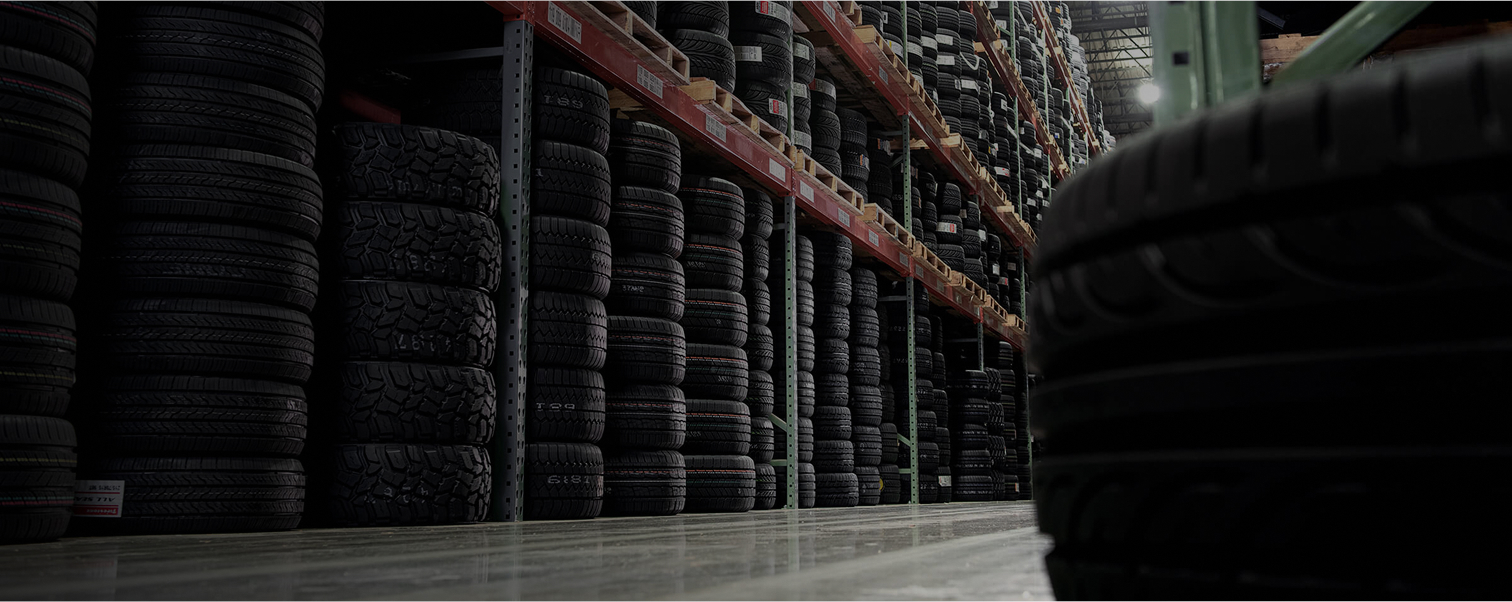Tires
The Ultimate Guide to Winter Tires: When and Why You Need Them
The Ultimate Guide to Winter Tires: When and Why You Need Them
T
Test Staff1
Staff Writer

Winter tires are not just an optional upgrade – they're a crucial safety investment for cold-weather driving. Unlike all-season tires, winter tires are specifically designed to perform in cold temperatures, snow, and ice.
The key differences lie in their unique rubber compounds that remain flexible in cold weather and their specialized tread patterns that provide maximum grip on snow and ice. Most experts recommend installing winter tires when temperatures consistently fall below 7°C (45°F).
Key benefits of winter tires include:
• Up to 50% better traction in snow and ice
• Shorter braking distances in cold conditions
• Enhanced cornering stability
• Better handling in slush and wet conditions
When should you make the switch?
• Southern regions: Early November to late March
• Northern regions: October to April
• Mountain areas: September to May
Remember: All four tires should be winter tires. Mixing tire types can lead to unpredictable handling and reduced safety.
Maintenance tips for winter tires:
1. Regular pressure checks (cold temperatures affect tire pressure)
2. Proper storage during off-season
3. Rotation every 8,000-10,000 km
4. Regular tread depth checks
Investment in winter tires is an investment in your safety and peace of mind during the challenging winter months.

